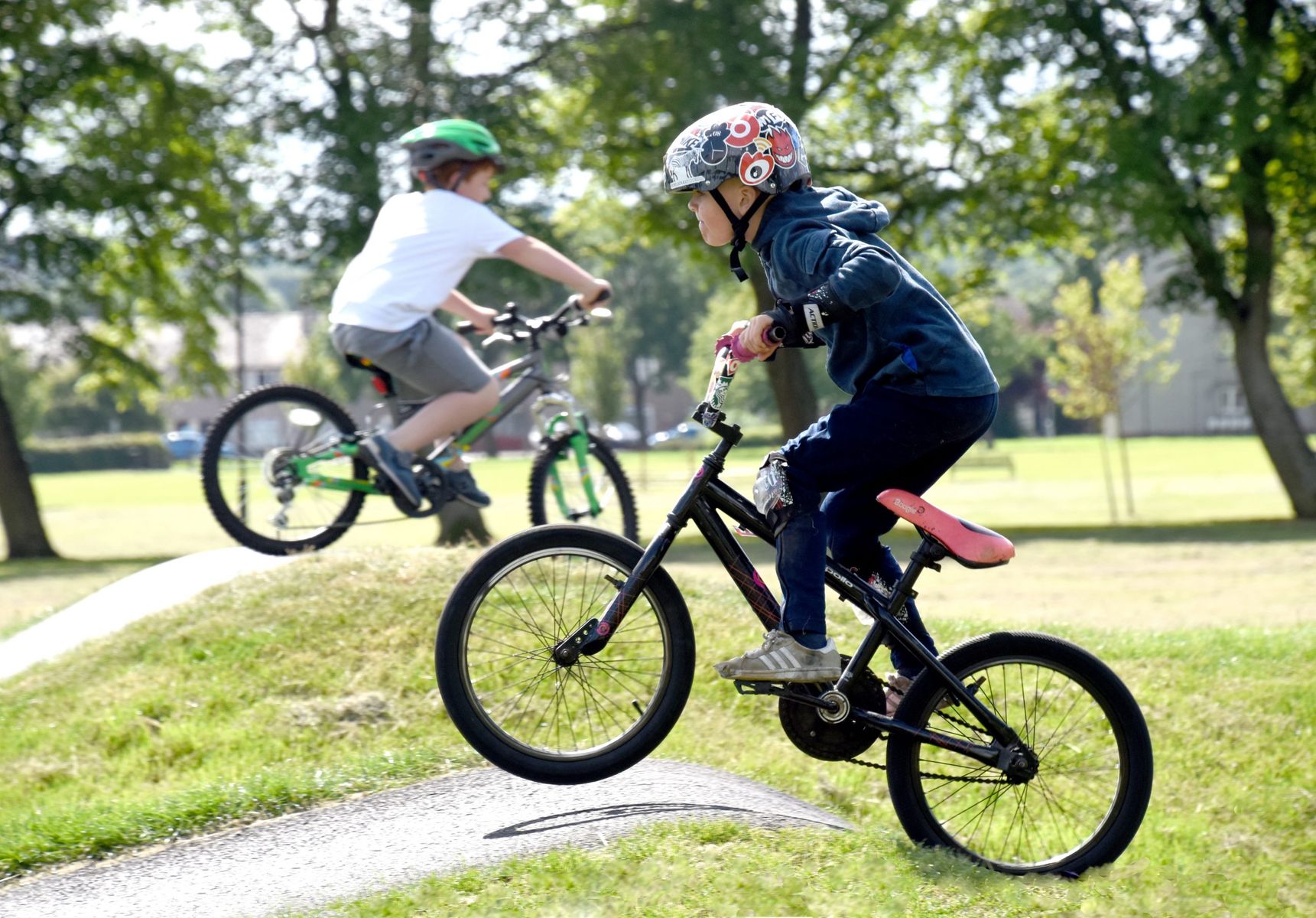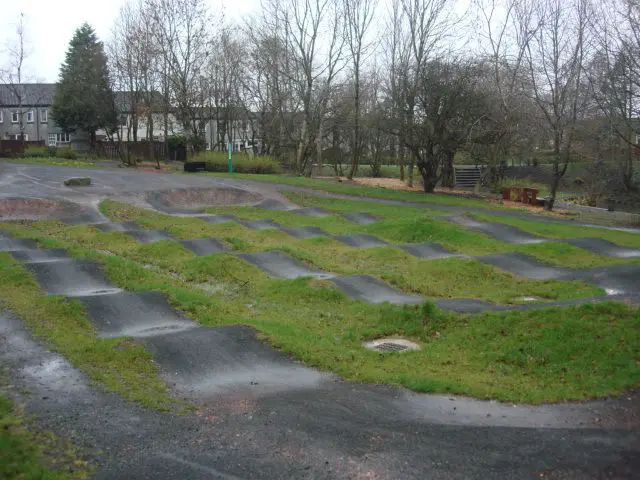We reported a few weeks back on what we thought might just be the worst pump track in the UK – a new creation in Carlisle. In looking into what Carlisle City Council had done and how they might have got things so badly wrong, we discovered plenty of examples of pump tracks being done right. In fact, there’s a whole good news story here, with warm fuzzy feels and some useful lessons for all of us.
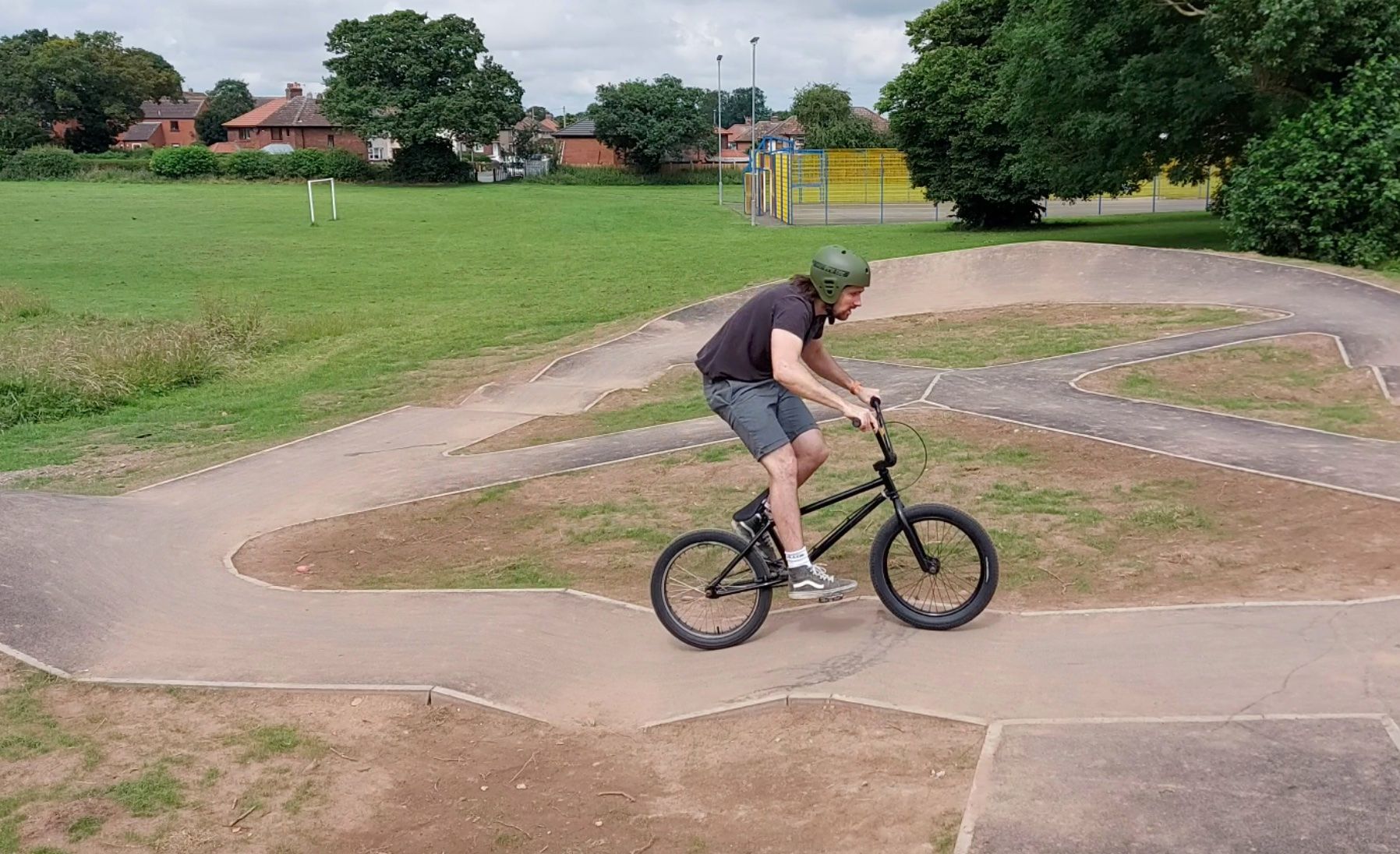
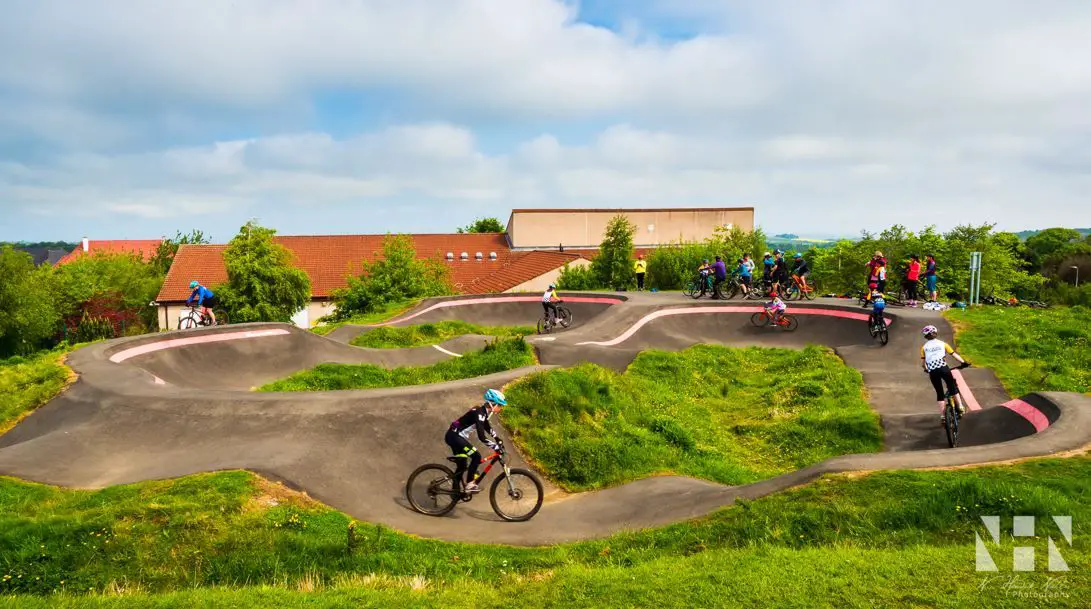
How much should a pump track cost?
This basic question is the starting point for many who find themselves thinking ‘Wouldn’t it be nice to have a pump track near me?’. Helpfully, there’s some Scottish guidance on the matter, which states that a pump track should cost in the region of £40-£80 per square metre. That’s a fairly broad range and reflects the fact there are different surfacing options, as well as site conditions that might affect the overall cost. The guidance is a few years old now, and Developing Mountain Biking in Scotland, who helped develop that guidance, notes that most community pump tracks being built now will cost around £100k. Bigger ‘flagship’ tracks can cost up to £300k.
In Carlisle it’s stated that they had an overall budget of £30k, with the final project seeing just under £19k being spent on the building of the actual track (rather than planning and design costs, or drainage, or fencing). Track building specialists C&K had been to the site as part of early discussions with the Council, and have told us they had put forward a proposal that was on or close to the £30k budget. They cite the St George’s track in Kidderminster as an example of a track built for a similar price, and say they’re happy to consider projects of this size.
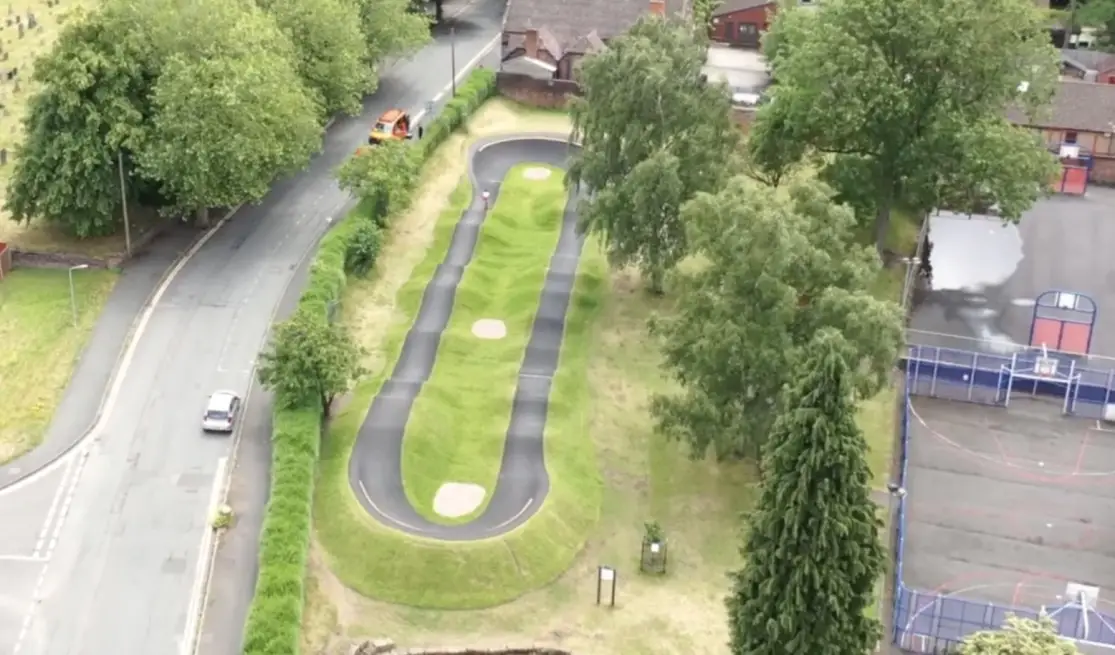
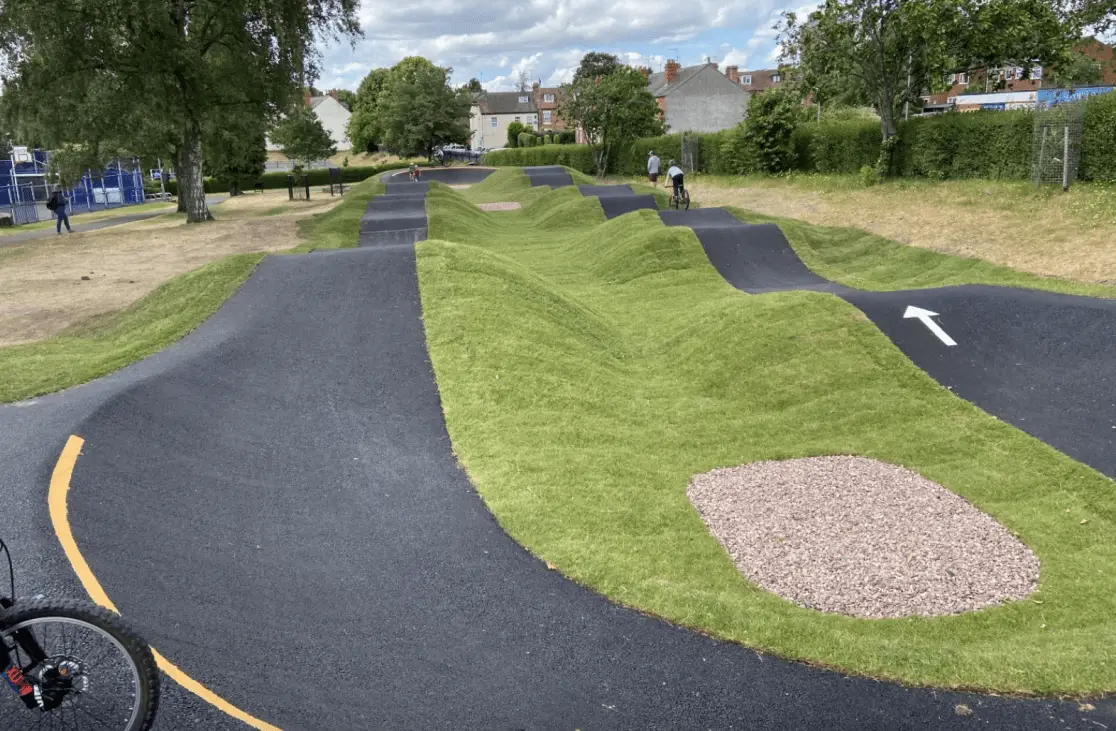
Worth the investment
We spoke to people who had managed to deliver successful pump tracks in their area, and they were unanimous in their support for pump tracks.
Becky Plunkett from West Lothian Council has now been involved with a number of pump tracks within the local authority area. The first one they built in Froggy Park back in 2012 was made from whindust, which was cheaper to build but needs more maintenance over time, as the surface gets eroded by the weather and weeds encroach through the ground.
When some local parks were later due to be upgraded, pump tracks were a natural candidate for inclusion. They’re more versatile than skateparks or bike trails – skateparks have steeper sides and tighter angles, making them harder for less skilled riders or younger children to use, while bike trails can’t generally be used by scooters or skateboards and will usually be too easy for some riders or too tricky for others. A well designed pump track with tarmac surface can cater for all these different user groups, and can provide both easy riding for beginners and technical opportunity for experts. Plus, the tarmac finish costs a bit more at the outset, but doesn’t require as much ongoing maintenance. Becky was able to combine three pumptracks into one tender with a value of £180k. This saw Velosolutions deliver a small track at Craigspark in Livingston, a medium sized one in Bridgend, and a larger one in Fraser Park, Pumpherston.
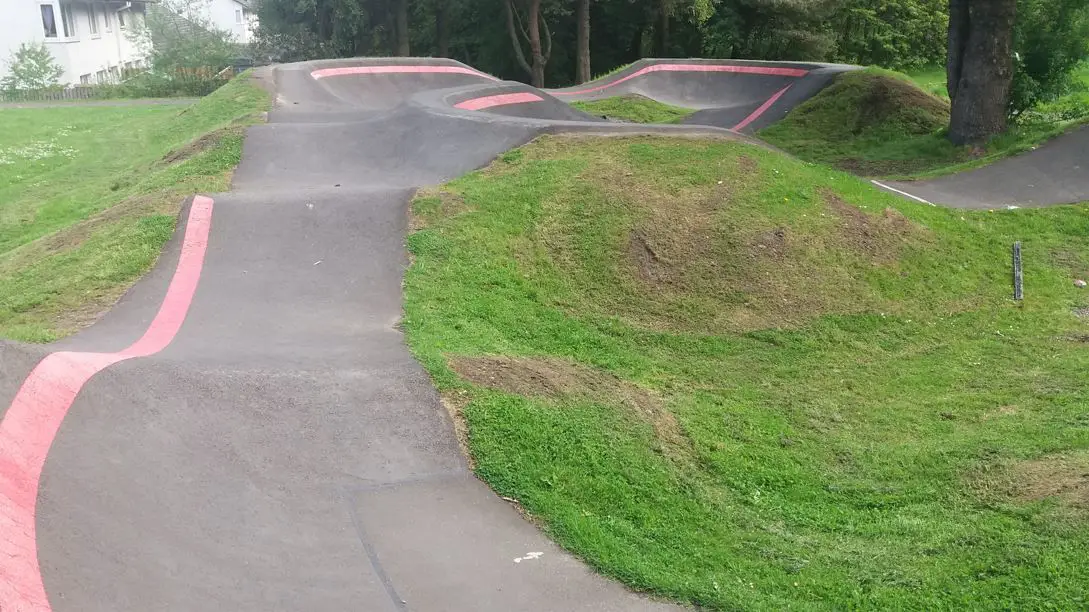
Also in Scotland, Allana Hughes from Falkirk Council echoes Becky’s view that pumptracks are worth every penny. She’s now been involved with two pump tracks there, and has been surprised at just how much use they’re getting. On one day in June, on the new C&K track at Zetland, she counted 150 riders all using the track – a level of usage she’d never imagined, albeit that it’s one of the largest tracks in Scotland and even has a double back straight to enable races to take place there. She can now see that for future tracks it would be worth finding the investment needed to provide lighting so that tracks can continue to see plenty of use through the darker months.
Play for all
In talking to Allana and Becky, it’s clear that the pump tracks they have built have reached a far wider audience than was envisaged in the original business case for their construction. Generally, they’ve been seen as a means of delivering a free and accessible outdoor activity to teenagers who lack other potential facilities or activities. Often, they’ve been built in or close to areas with low incomes, with the track being accessible to anyone with a bike – no specialist equipment is necessary, and a basic BMX can provide hours of fun.
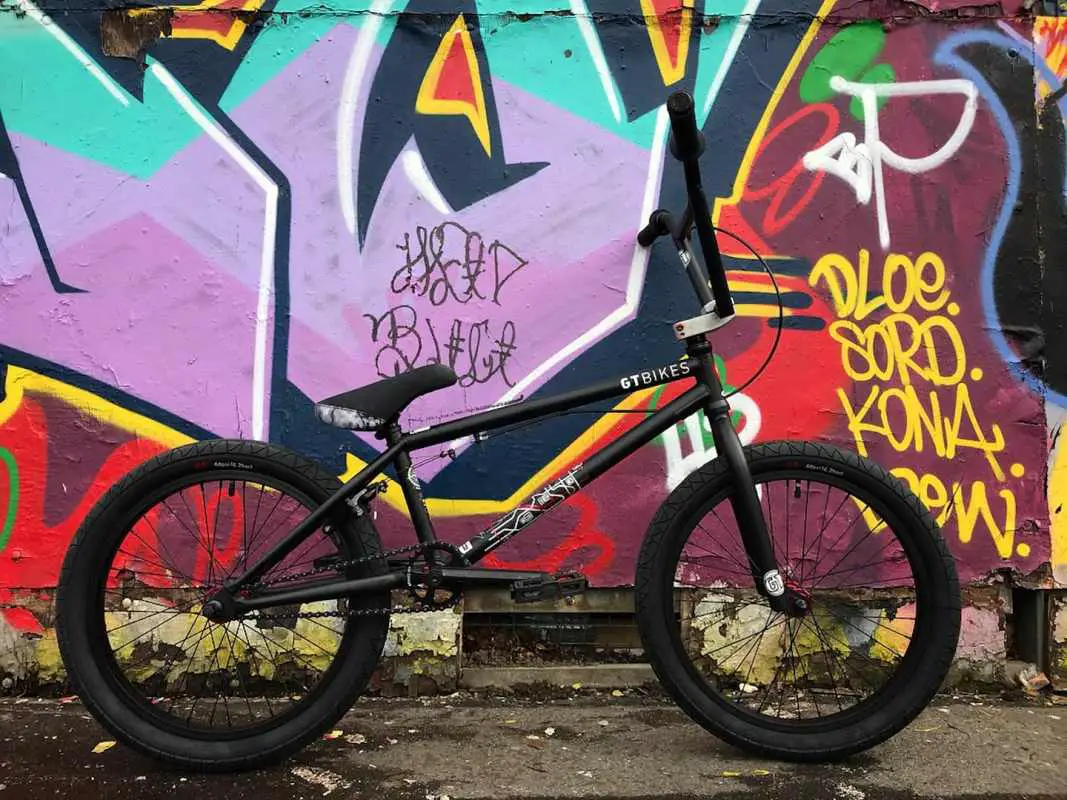
However, while the target teenage audience has been attracted to the tracks, they’ve also attracted many others. Parents bring their pre-schoolers, and both end up riding around the tracks. Primary school children on bikes and scooters also come to play. Allana notes that there are even wheelchair users from the local enhanced provision high school who are able to use the Zetland track. And then there are the keen local riders with all the gear, riders on holiday, and even pro-riders. The pump tracks have become a place where different generations and backgrounds meet, and the occasional sighting of a famous You-Tuber can give young people an important glimpse of the world outside their locality.
If you consider other types of outdoor facilities that could be put into parks – playground equipment, tennis courts, basketball courts – and take into account the broad usage that these pump tracks are getting, they look to be a great investment. As well as the social benefits of the breadth of users, it also means that there are few times of day when there isn’t someone around who’s keen to use the track.
It’s worth noting that if you want to hold races or certain types of competition, there are UCI standards to be met. If you’re not interested in that sort of thing, or your funder doesn’t require it, you may find you have more options to adapt the track design to the space and site you have available.
Self policing
We’re told that, contrary to what some may have feared and may be voiced during public consultations, the pump tracks don’t attract anti social behaviour, or result in too many trips to A&E.
The mix of user groups often to be found at the tracks seems to help keep some behaviours in check, but more than that it’s the fact that everyone wants to use the track that keeps the antisocial stuff away. Things like drinking and smashing bottles onto the track aren’t cool – it stops everyone having their riding fun – so the people we spoke to said it’s not been an issue. People take care of the track and are too busy riding and enjoying it to get distracted by the things that seem a lot more tempting when you’re bored.
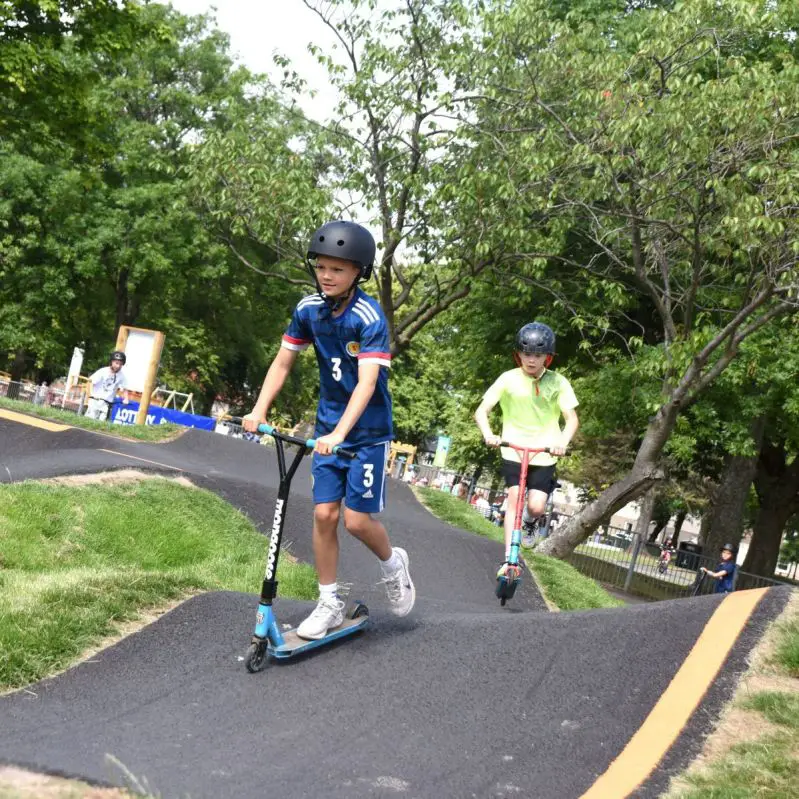
Trips to A&E are somewhat inevitable, but Becky described how they’d worked with local schools around the time of the track openings to encourage children to run around the track before trying to ride it, to get a feel for the features. Add to that the relatively gentle gradients, and the fact is that you need to be really quite good at riding a pump track before you’re going to get up any significant speed. Crashes and tumbles from inexperienced riders tend to be at lower speeds, and less damaging. Unlike dirt jumps or many bike trails, there aren’t downhills to accelerate on beyond your skill, or surprise holes and gaps to fall into. If you’re going fast and getting air, it’s because you’ve got the skills to generate that kind of momentum.
Getting it right
If you weren’t already persuaded that pump tracks are great, then hopefully by now you are, and are armed with some stories that might help persuade some naysayers too. But how do you get from a patch of ground to a smoothly swooping track of joy, rather than the kind of wonky pavement delivered by Carlisle City Council?
Becky Plunkett was an early adopter of pump tracks, but as a keen mountain biker she had a fair idea of what was needed and pushed for the right solution. She got advice from those who had built the Glentress trails, and also looked to the ‘Pumptrack Nation’ book from the USA. Eventually the first whindust track was built by a contractor with close supervision. For the following pumptracks, she went for a ‘design and build’ contract for tarmac tracks, with Velosolutions.
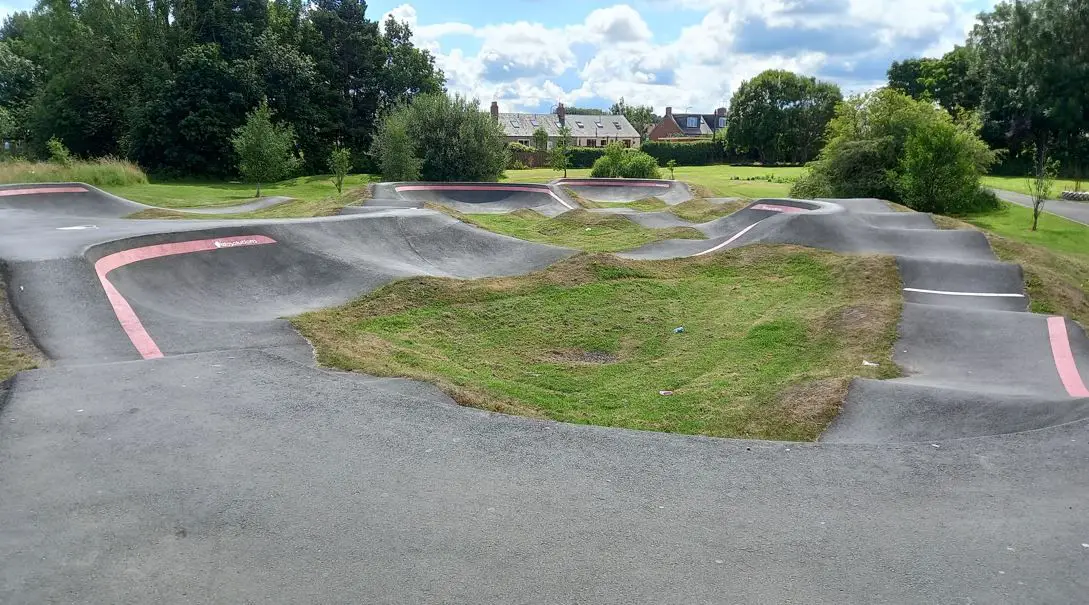
Becky really emphasises the importance of the tendering process, so while it might seem like dull stuff, let’s get the benefit of her experience…
‘One of the ‘things you must definitely do’ to make sure you get a quality track is to make sure you have a robust tendering process. Our Procurement and Roads teams really helped me to put together a robust tendering process for the 3 asphalt tracks. We use the QuickQuote facility on Public Contracts Scotland to issue and award tenders. We judge tenders on 50% Price and 50% Quality. We make it very clear that we are only interested in contractors with appropriate experience and we usually do our homework first and invite 3-6 companies to quote. For the Quality part, we have four sections requiring information, that are individually assessed:
- Track design – we ask for 2D and 3D scale designs in pdf format, and make it clear that we’ll be assessing according to the Brief we’ve issued. Scoring = 20 points
- Technical experience – we require 2 examples of projects that the company has completed in the last 5 years, to demonstrate that they have the relevant experience. Scoring = 10 points
- Technical skills – we ask for CV’s of the design and site staff, with relevant pump track design/build experience and an organisation chart of staff who will be involved in the project. Scoring = 10 points
- Construction program and methodology – self-explanatory, and includes a requirement to identify key risks and how they will be dealt with. Scoring = 10 points
We have at least 2 assessors independently scoring the tenders, all tenderers are given their final scores so they can see how they do, and I’m happy to provide further feedback afterwards to encourage the contractors who aren’t successful.‘
You can see that this tendering process places plenty of emphasis on pump track experience – an in depth knowledge of laying tarmac is not enough.
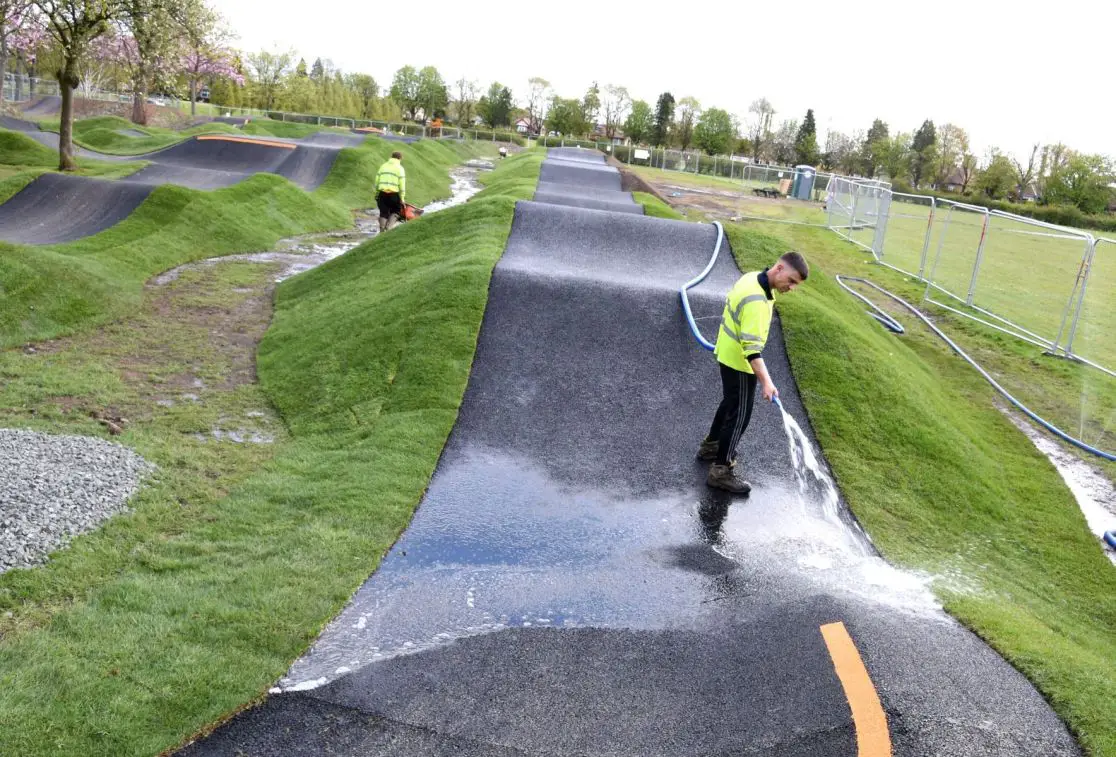
Pumptrack builder Velosolutions thinks experience is important too, as they say the curves and bends of a pump track don’t translate simply from a plan to the real world in the way that, say, an architect’s drawing gets turned into a house. They insist that all their builders are also riders, saying that this is necessary to make sure that there’s an understanding of how the track will work, and to translate site to design to construction and the final product. They also look to make sure their tracks offer lots of different lines and opportunities for creativity – once riders get onto the track and start progressing, they’ll be looking for different ways to use it. They say that creating opportunities for transfers – rather than a simple one or two way race style loop – keeps things interesting.
Over in Falkirk, Allana made sure she too had the benefit of expert knowledge and experience – she visited other sites and talked to the people behind them, include Becky, who has quite the reputation as the person to speak to about getting pump tracks built right. Allana was also able to consult the DMBinS guidance, which includes a very detailed project breakdown of all the tasks you should expect to do as part of a track build project. Notably, it uses colour highlighting to draw attention to where professional trail designers and builders should be used – despite holding early conversations with C&K, Carlisle proceeded with its project without such experts. In contrast, Allana’s research and tendering process led her to this design by C&K, who for years have designed and built tracks right up to UCI standards around the world.
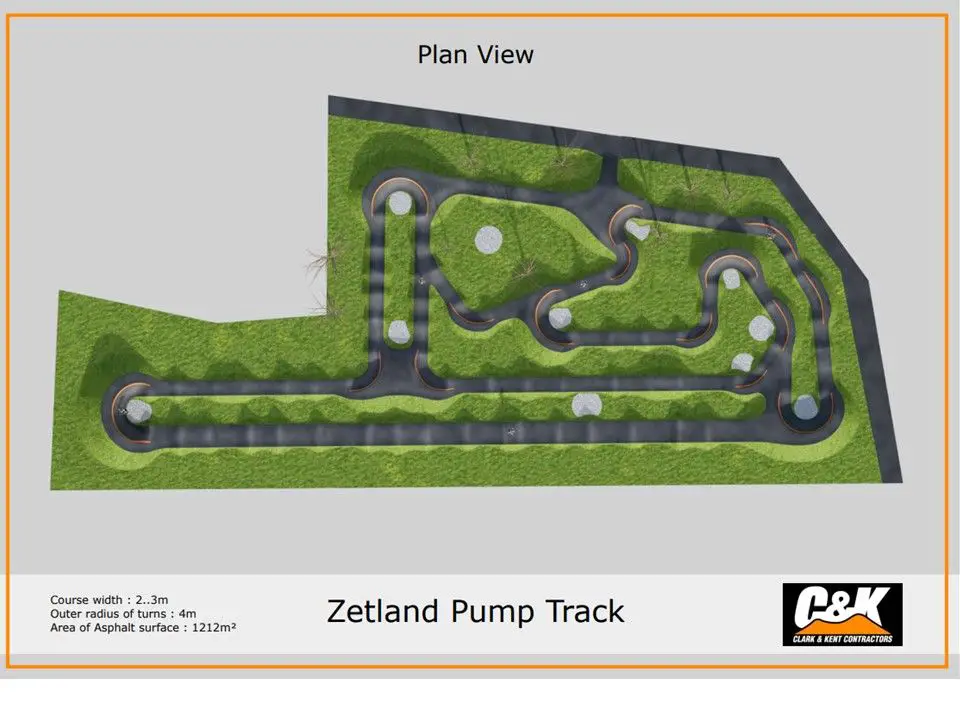
While the DMBinS guidance provides different contracting options, Becky says that she thinks a ‘Design and Build’ contract is really beneficial. It’s a contract that ensures that the contractor is responsible for both the designing and building of the track, meaning that the design fits the site, and the construction truly follows the design, keeping that link between ambition and delivery.
As the DMBinS guidance highlights, it’s not all about pump track design – there’s also all the standard stuff of a build project, like getting planning permission, which Becky says it’s good to get in place early on.
Picking a site
You may not be lucky enough to have a choice of sites. The key thing is to build it somewhere accessible that young people are able to get to under their own steam, and to talk to the local community so that they understand what’s being proposed.
If you get the community involved in the plans then there’s every chance the track will be well used, but you might also like to consider operating a bike library so that those without bikes can access the track, or providing helmets, perhaps through a local school. Allana recommends talking to people who have built tracks in similar areas to you – if you’re trying to address anti social behaviour, look to others who have done so to see what they’ve done to help address community concerns and get buy in for the track. If you’re trying to address inequality, see what others have done to improve access for thos ewho don’t have kit.
Picking a contractor
There aren’t a huge number of contractors in the field, and the fact that you want someone with a proven track record of building tracks can make it hard for newcomers to enter the market. As Becky emphasises, make sure your tender documents make clear the need for experienced trail builders and designers, and it’s worth contacting potential contractors to tell them you have a tender available. As yet, there’s no central point for trail builders to go to and see what work is available, so if you want good quality bids it’s worth reaching out to potential builders to make sure they know your project is up for grabs.
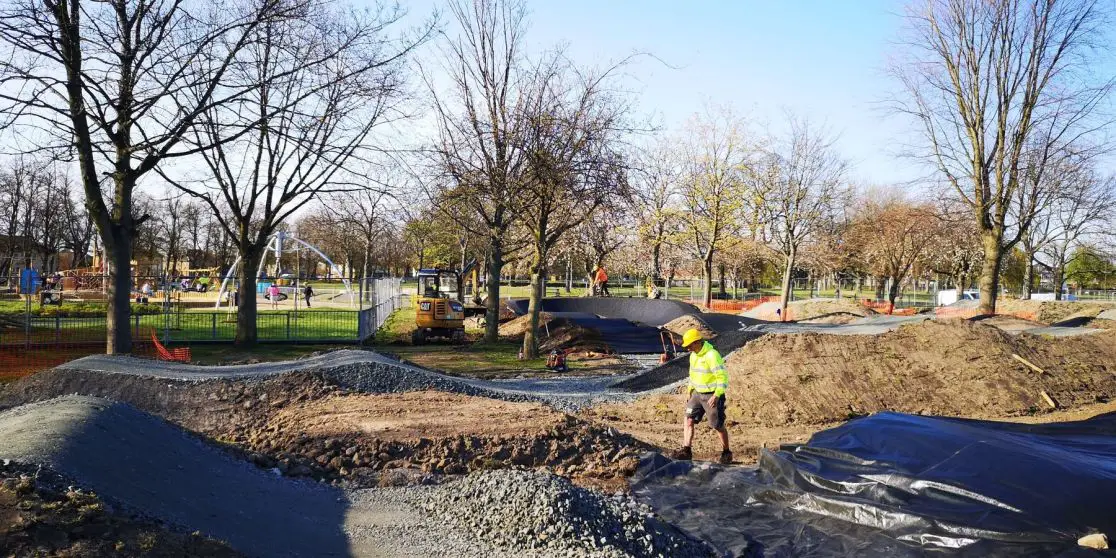
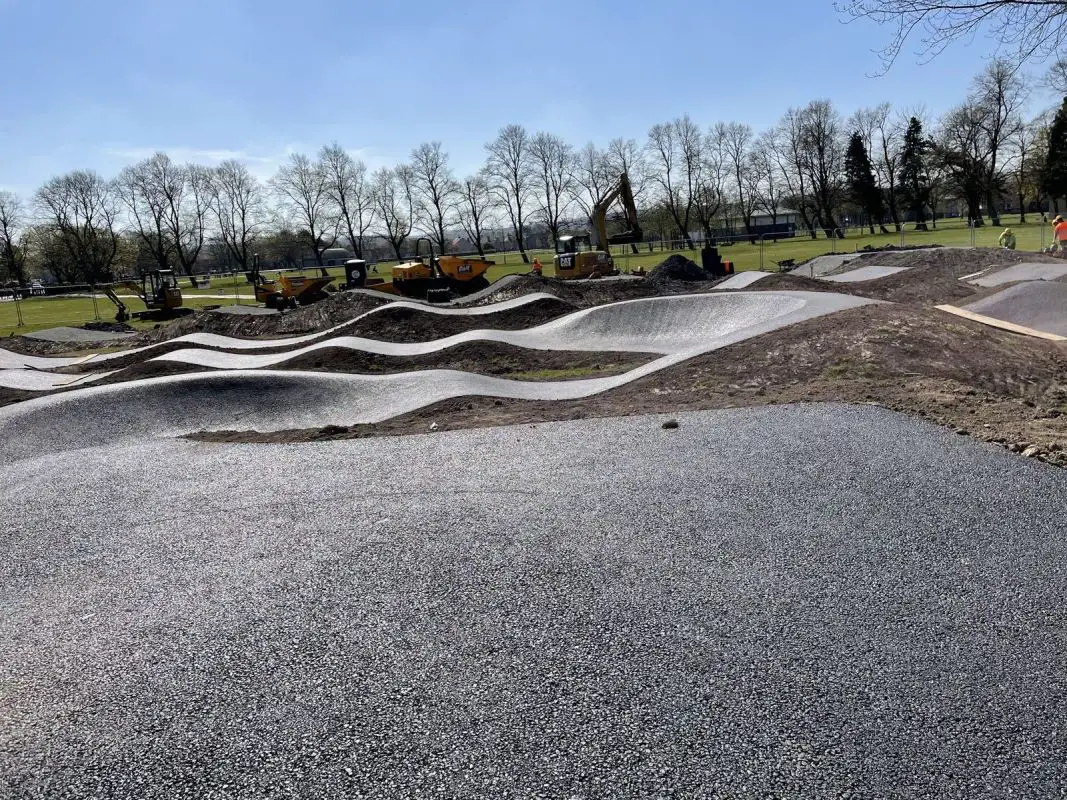
Velosolutions and C&K both noted that tender timescales can be tight, and they aren’t always in a position to respond to tenders quickly, or to build on the timescales that might be requested. Neither wants to compromise the quality of their builds, so you might have to be patient or flexible if you want to get a good spread of bids in. Velosolutions said the explosion of work in Scotland means they’re actively looking to see how they can better meet the demand for pump tracks there with more Scottish based build talent.
British Cycling used to have a list of approved contractors it would work with if it were providing funding for a project, however as their business and funding model has evolved they’ve now moved to simply advising that you go for an experienced contractor:
We would always recommend that any client does their due diligence, looks at the track record and experience of the contractor, takes references, visits previous work and then consults widely on the design to ensure the project delivers the anticipated outcomes. We would also note that safety is key and agencies such as ROSPA will advise on this and undertake safety audits of facilities.
Everyone we spoke to – and the DMBinS guidance – made it clear that it’s not a job for a general building contractor. The design of the rollers and turns needs an understanding of how a bike – or scooter, or skateboard – will move along and round the track. It’s part science, part art form, and it needs an experienced designer to bring together the landscape of the site and the track into something that offers interest and progression.
Please Sir, we want some more!
While there has been some cycle funding that has helped kick start the pump tracks in Scotland, and there is more to come thanks to a future £8m cycling fund in Scotland, generally the cluster of pump tracks in Scotland has come about because of keen local champions like Allana and Becky getting things started, and then others seeing what a great success the tracks are. While Becky may have become one of the go to people for local authority advice on getting a pump track off the ground, she credits a local youth, Gus, for having first put her on the path. He wanted a jump spot and got a petition together to ask the council to build something – the pump track was the safer compromise that the council felt able to deliver.
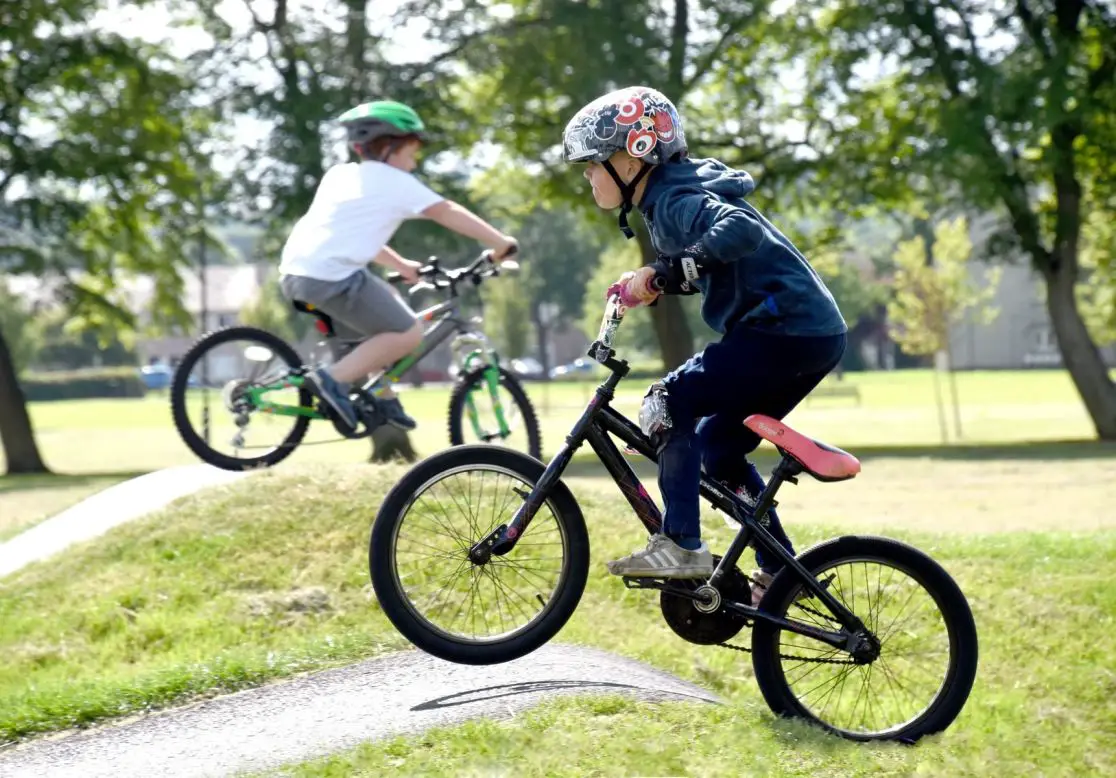
Thankfully, those pump track champions and early adopters have now created some momentum, and it seems that councillors are now asking for pump tracks to be built in their local parks. No one we spoke to spoke of significant opposition to the tracks – they’re seen as good value and inclusive opportunities for outdoor activity.
Perhaps the time is right for you to be one of those local champions who gets the ball rolling? With so many established tracks out there, plus the DMBinS project guidance, it should be easier than ever to get your local authority to see the benefits and deliver a great quality track – if you can find the funding to do it.

